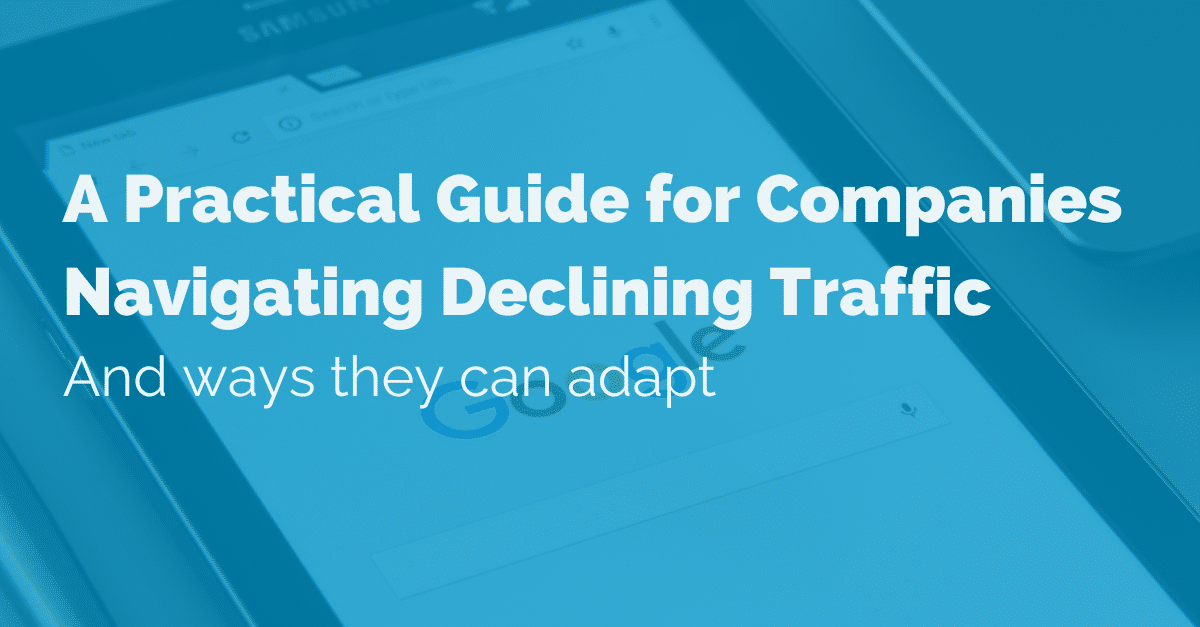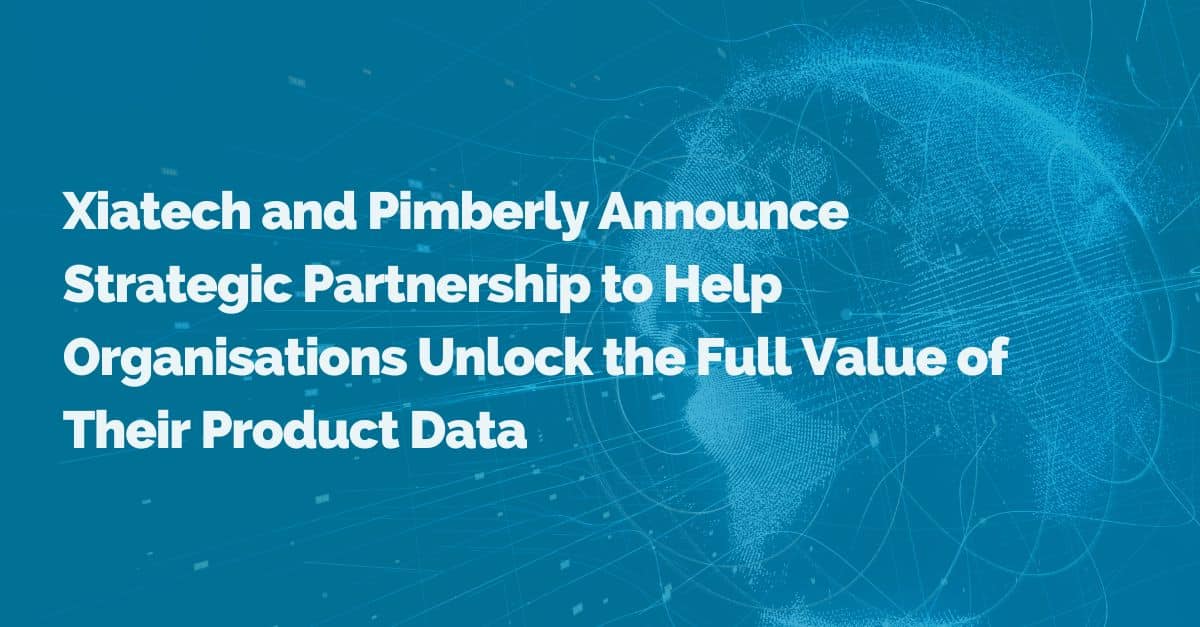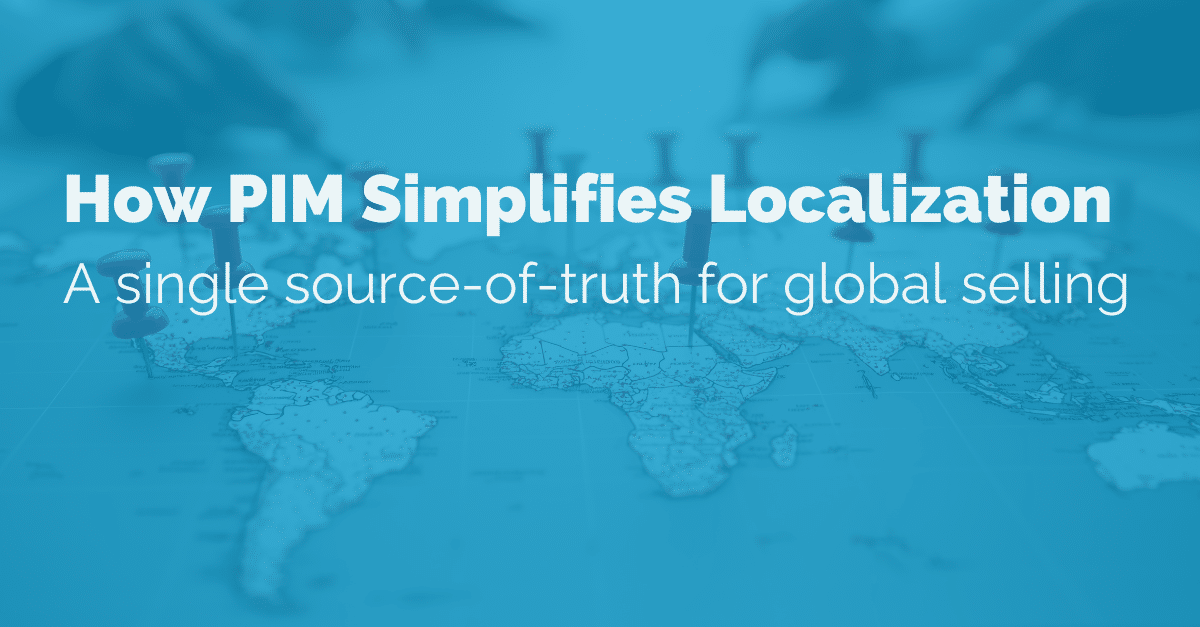There are a variety of methods you may use to determine pricing for the goods sold by your merchant. You can find the method suitable for your brand by looking at your short and long-term business objectives.

However, in general, the retail price set for any specific item must include the item’s cost. Also, you’ll want to include whatever markups you apply to ensure a profit when you sell that item. We’ve provided an in-depth analysis of what price management is and how it works for retail e-commerce.
What is retail pricing?
The retail price is the price consumers pay for the finished item when it sells. These buyers don’t purchase the item to resell it. To utilize the product, they buy it. In addition, retail, manufacturer, and distributor prices are distinct from one another. In the supply chain among sellers, these are all various prices. The final merchant will choose to establish their retail pricing in a free market system based on supply and demand.
The fundamental objective for retailer setting pricing is to maximize the profit. Simultaneously, you’re creating a price that customers will be fine with paying. Therefore, a producer might propose a pricing for retail to match the cost of the product with its entire production plan.
In essence, this is why retail price management is key.

Retail Pricing Software: Features to consider
You can better manage retail planning across the product life cycle with the help of price list management software. Here are some of the main features to consider when choosing a retail pricing system:
Identifying Price Markdown
It would help if you leveraged multiple markdown options with adjustable effective dates for real-time price information. You can utilize these statistics to gain meaningful insights into how predicted revenue will be impacted by pricing adjustments up until the phase-out date for each product.
Data Backup
You should be able to create a price plan for each product to project the impact overall. You may align your retail pricing solutions, including demand forecasting needs, by comparing unit volume, revenue, and profit margin in what-if scenarios with the help of an eCommerce pricing software.
Effective Pricing Actions
The eCommerce pricing software enables you to build and configure various price actions using pre-defined or dynamic pricing techniques. All the ingredients should be there in the activities to effectively develop and validate your retail pricing strategy for both in-person and online sales.
Customization
You may view markdowns in time phases using markdown and price management software. To increase simplicity of use and efficiency, you should be able to plan pricing and price reductions by channel, cluster, or store and examine the impact of the aggregated price and markdown in detail. Kits and bundles also act as a great way to customize the way you price sets of products.

Pricing Matrix
Multiple pricing matrices can be configured and imported into the price management software. No matter where your customers live or reside, you may expedite your pricing optimization process by looking up the permitted price points for extra country-currency combinations as needed if you choose the best retail pricing system.
Appropriate Validations
The actionable insights shorten the time required for pricing planning, enabling your brand to respond to market circumstances and consumer demand more swiftly. Exceptions can also be highlighted on the dashboard to assist you in concentrating on areas that need your attention, so look for software that can help you with appropriate validations.
Pricing system for retail: Getting started
The capacity to examine and comprehend the latent insights within your data is an embedded capability of retail pricing models within your platform. Here are some essential steps that will help you create price management for retail:
- The data that are essential to our price must first be defined. What criteria do we use to determine worth, and what is necessary?
- Then, we divide our marketplaces and items according to the characteristics most important for the accuracy and application of pricing. This segmentation boosts price realization while decreasing lost business, enabling progressive gains in pricing finesse as the pricing team’s grasp of the subtleties of the smaller segments expands.
- The next step for a mature firm is to model and evaluate, anticipating the possible effects of their proposed modifications on the volume, revenue, margin, and any other KPIs they deem crucial to their business.
- It is an intelligent move to disclose pricing early on in the buyer journey. Such a move by supporting measures like target, stretch, and floor price, but pricing advice must always be simple to understand and apply.
- Measuring comes after that. Were our simulations and analysis accurate? Do we need to revise them going forward? What does your team need to do to address problems or remedy errors?
- Last but not least, acknowledge that the market has altered and start over at step 1, modifying to fit the current circumstances.

Retail pricing strategies
Your primary price management strategies depend on what you’re offering, whether it’s a luxury item, a great deal, or just a quality product at a reasonable cost. So, to choose the most appropriate retail pricing management, here are the top 5 product and price management strategies for you to choose from:
- Value-Based Pricing: It is the original and possibly most well-known pricing strategy. Since it involves determining what the client is willing to pay, making sure it is greater than the cost of production, and then setting your price somewhere in the middle, you may think of it as the “default” pricing strategy.
- Cost-Plus Pricing: Businesses determine prices by calculating the cost for manufacturing and their target profit margin rather than basing them on what customers are prepared to pay. For instance, if a company’s target margin is 15% and a product costs $100 to produce, it will sell for $115.
- The Competitive Pricing Model: This bases prices on what other companies charge for similar items. You don’t always have to set pricing competitively if your product provides something that your rivals’ don’t. However, if you’re offering a low-cost item, you must be able to outperform your rivals.
- Comparable to Competitive Pricing: Economy pricing entails establishing the lowest costs among your rivals to draw in discount customers. However, in contrast to competitive pricing, economy pricing particularly targets consumers who are willing to forgo quality in favor of a lower price.
- Penetration Pricing: You might need to put your rates near the lower end of the range if you’re a new company. Penetration pricing is the practice of setting a product or service’s price low at first, then raising it as the firm becomes more established.
Price management software
Software for managing price list rules and quotations is used to track and evaluate the most effective pricing plans for goods and services. The power to set customer-specific pricing, along with discounts and reductions, is provided to sales teams through these technologies. These systems also include “data analysis,” which enables the user to determine if the chosen price methods are effective in terms of sales profitability.
Additionally, initial price lists are created using pricing software, and sales representatives are given dynamic pricing depending on certain sales scenarios. In most cases, these solutions are connected with CRM or ERP. The following qualities are crucial to consider when choosing a price management tool:
- Supporting pricing techniques that aid in estimating price changes based on consumer demand and the deemed worth of a company’s goods and services.
- Establishing specific rates for certain customers or groups of customers depending on factors like volume, payment circumstances, contract terms, client value, sales targets, other targets, and more.
- By providing statistics, companies may assist sales teams in choosing the optimum pricing strategy and calculating the profitability of each sale, product line, or category.
Bottom Line
Adapting to price management software for retail eCommerce is a crucial step toward business growth and retail enhancement. By following the crucial steps mentioned above, you can easily opt for the best retail price management software. You can also contact Pimberly to opt for the most skilled assistance for your retail price management software.
















